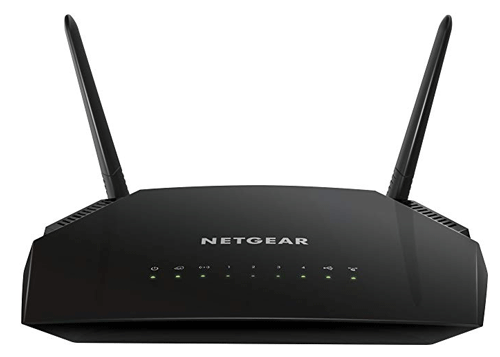Opera Reader Bids Good Bye to Scroll Bars on Webpages
Reading lengthy blog posts or webpages having lots of content can be really boring at times. You have to scroll through the mousewheel over and over again, just to read the underlying portion of text placed beneath the above the fold section. Sometimes, you have to scroll back to catch up on information you missed and this to and fro scrolling might just kill your attention.
Not to forget the slicing of advertisements, widgets and other unnecessary jargon embedded within the body of the article, hindering with the overall readability of the webpage in question.
Paginated pages is again, another concern. A lot of websites who publish editorials/detailed reviews, paginate the entire content across multiple pages, so you have to click through multiple links in order to read the complete blog post.
This is why e-readers such as Amazon Kindle and e reading applications in Tablet devices are so popular – they allow you to read webpages in a clutter free environment. The added advantage is of course the swipe feature, you can just flip fingers across the screen to scroll through a page, as if you are reading a book and turning through its pages.
Opera is trying to recreate this gesture in your desktop web browser. Enter Opera reader
What is Opera Reader?
Opera Reader kills scroll bars on webpages by introducing the concept of ” integrated swipe”. To be precise, Opera reader turns scroll-able pages into paged web pages.
Pages that support the CSS3 extension markup of Opera reader can be read without using browser scrollbars, just like you flip between screens in your smartphone or turn through pages in an e -reading application e.g Amazon Kindle. Here is a brief demo:
To test this feature yourself, download the latest build of Opera web browser (Opera Labs camera and pages special version) and browse through these example pages. [1] [2] [3]
Using the smooth gestures features in Opera reader is easy, all you have to do is swipe the mouse in different directions across the page; quite the same way you flip through photos in your Android or iPhone device. However, scroll bars in webpages will continue to work perfectly in other browsers e.g Google Chrome, Firefox, Safari and Internet Explorer.
So how do you make sure your website is compatible with the latest CSS3 markup extension of Opera reader? The folks at Opera have published a detailed documentation on implementing the CSS extension markup on webpages so that they support smooth page swiping, instead of using horizontal and vertical scroll bars. The code and features are currently under development, but it doesn’t hurt to try this feature out and see whether you can actually create an Opera reader friendly experience on your website.
Google Chrome fans can try the Teleprompter extension for smooth scrolling or activate the in built smooth scrolling feature in Google Chrome 15.0 from about://flags page.
Opera Reader in Desktop And Android – Video Demo
Here is a quick video demo of Opera reader as seen on my desktop and Android device:
http://www.youtube.com/watch?v=BQefMfCdhG0
Personally, I am really impressed with Opera reader as it provides an easy interface to read ebooks and long PDF documents without having to scroll down infinitely. On a desktop, I can navigate between pages using the Page up, Page down keys or use the mouse for navigation.
Opera Reader is a free download and is available for Windows, Linux, Mac and Android operating systems.
